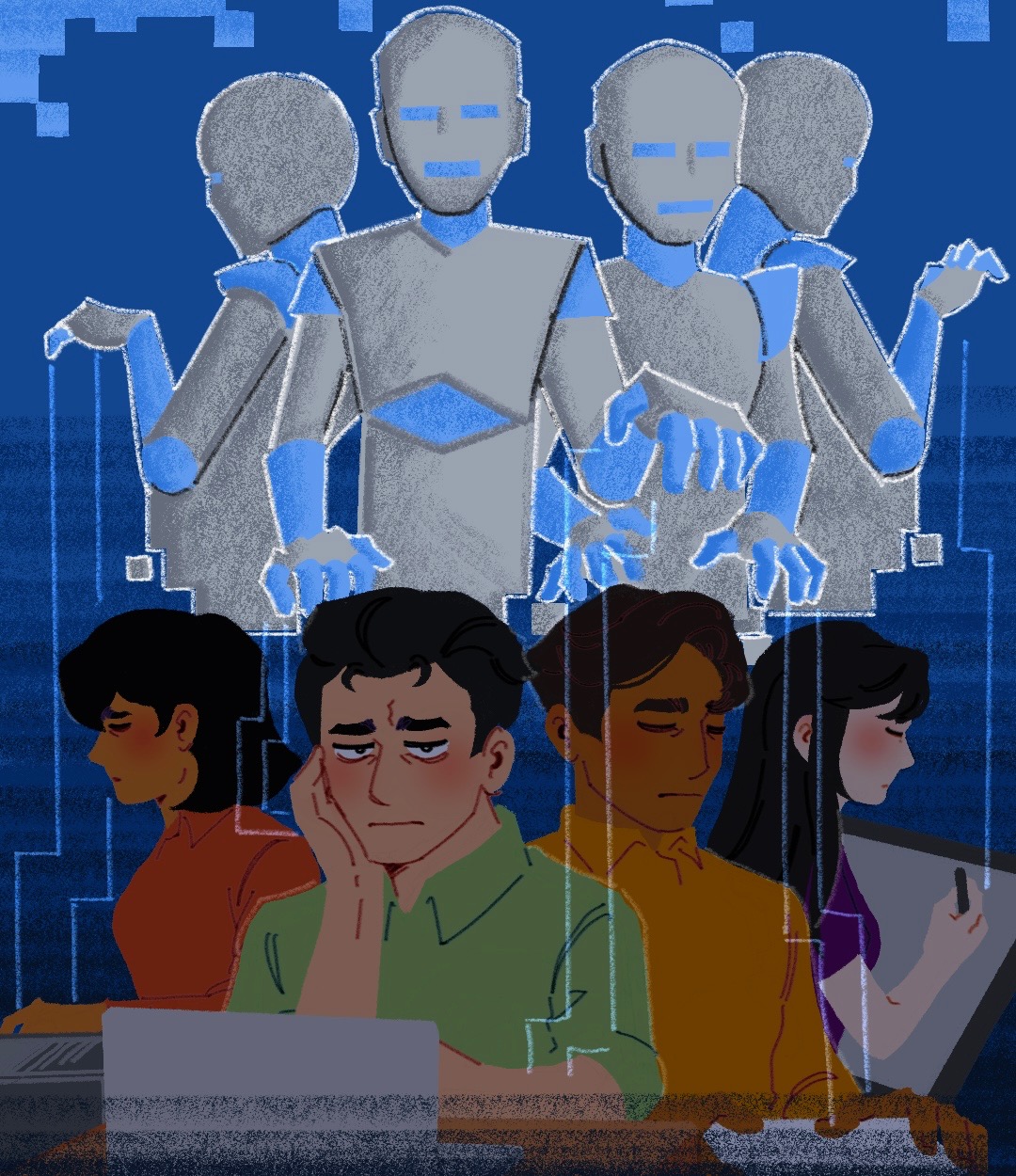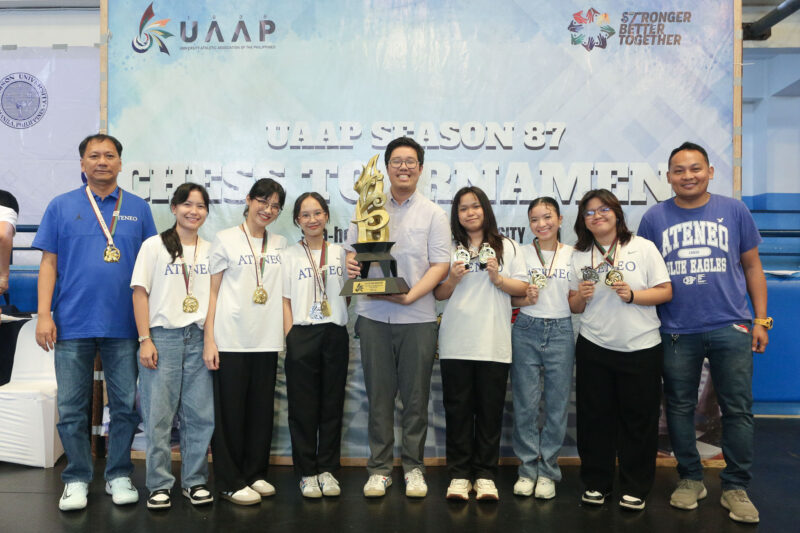AUTOMATED LABOR within the Philippines has increased with the rise of virtual assistants, automated customer service, and even legal court work. As artificial intelligence (AI) is progressively integrated into labor industries, the prospect of automating jobs remains an alarming situation for Filipino employment.
Despite the rise of labor automation, navigating the cost of technological advancement—particularly the displacement of Filipino livelihoods—necessitates vigilance and thorough examination.
AI in the Philippines
While the country has been able to partially adopt “traditional” AI tools to automate sectors such as manufacturing, questions remain on the adoption of newer AI models, such as generative AI, which require more sophisticated technologies and significantly larger datasets to function effectively.
Given these complexities, Economics Department lecturer Dino Carlo Saplala, MA, noted that “the country still has a long way to go in terms of bridging [the] technological divide” to AI adoption. He compared the growing technology’s application to the pandemic-era shift to online modalities, stating that he “would expect AI to be no different [from] that issue.”
Globally, some experts and academics expressed their worry that people and companies expect too much from AI technologies. In a Bloomberg interview, 2024 Nobel laureate Daron Acemoglu of the Massachusetts Institute of Technology highlighted the risk of overestimating AI’s capabilities and the possibility of a market crash in the volatile technology sector.
Despite doubts, the global excitement surrounding AI has still captivated the Philippines. The Department of Trade and Industry has recently released the National AI Strategy Roadmap 2.0 to capitalize on new advancements in the field. Meanwhile, in the private sector, 74% of the country’s CEOs believe AI will improve efficiency and 57% anticipate an increase in revenues due to AI integration.
Reshaping labor
As AI advancements continue in the Philippine labor sector, the industry has yet to offer significant improvements for worker livelihoods. High unemployment rates, low wages, and contractualization are but a few examples of the long-standing issues that Philippine laborers continually face. Hence, many Filipinos worry that the adoption of AI in workplaces may exacerbate these existing issues.
Philosophy Department professor and development worker Agustin Martin Rodriguez, PhD is concerned that a possible issue would be AI’s capacity to undermine labor unions. He argues that strikes could become less effective as companies might increasingly rely on AI to fill roles, diminishing the symbolic power of labor disruptions.
Some of these anticipated effects are already being experienced in the country’s Information Technology and Business Process Management sector. In an interview with Bloomberg, call center worker Christopher Bautista noted that AI has gradually been taking on more responsibilities in his workplace like gatekeeping customer calls before diverting them to human workers.
As a result, many of Bautista’s co-workers have received no work and pay despite still being hired by their company. Following this, Avasant, an outsourcing advisory firm, estimated that 300,000 Philippine jobs could be potentially lost as a result of AI within the next five years.
Alternatively, Saplala highlights that research fields such as data science and deep learning are thriving, showing the livelihood opportunities in AI. However, for workers to capitalize on these perceived opportunities, experts highlight that the upskilling of workers is necessary.
Stakes of advancement
In light of the possible repercussions of worker displacement from labor automation, the ASEAN+3 Macro Research Office (AMRO) has identified Filipino workers to be particularly at risk of AI replacement. Amid this projection, AMRO cited how the livelihood at stake could be mitigated through the shift to “knowledge-based services that mostly require human intelligence and skill.”
Notably, the Department of Labor & Employment Secretary Bienvenido Laguesma admitted that Filipinos are already losing jobs to AI, but also noted the country’s preparation for worker adaptation to the digital workplace. During the end of 2023, House Bill No. 9488 or “Protection of Labor Against AI Automation Act,” was filed to prohibit the use of AI and automation to replace workers unless given an equivalent alternative opportunity for those affected.
With the rise of labor automation alongside state efforts to address its implications, Rodriguez argues that the government’s priority should always be human-centered development instead of a singular focus on profit and business growth. He emphasizes that the use of AI should not hinder the awareness of the right to work and hinder the capacity of creative human beings.
Amid recent state initiatives, the stark tendency of AI-automated labor to disrupt employment remains resonant as technological advancement threatens livelihood—and at large, the humanity of the Filipino people.




